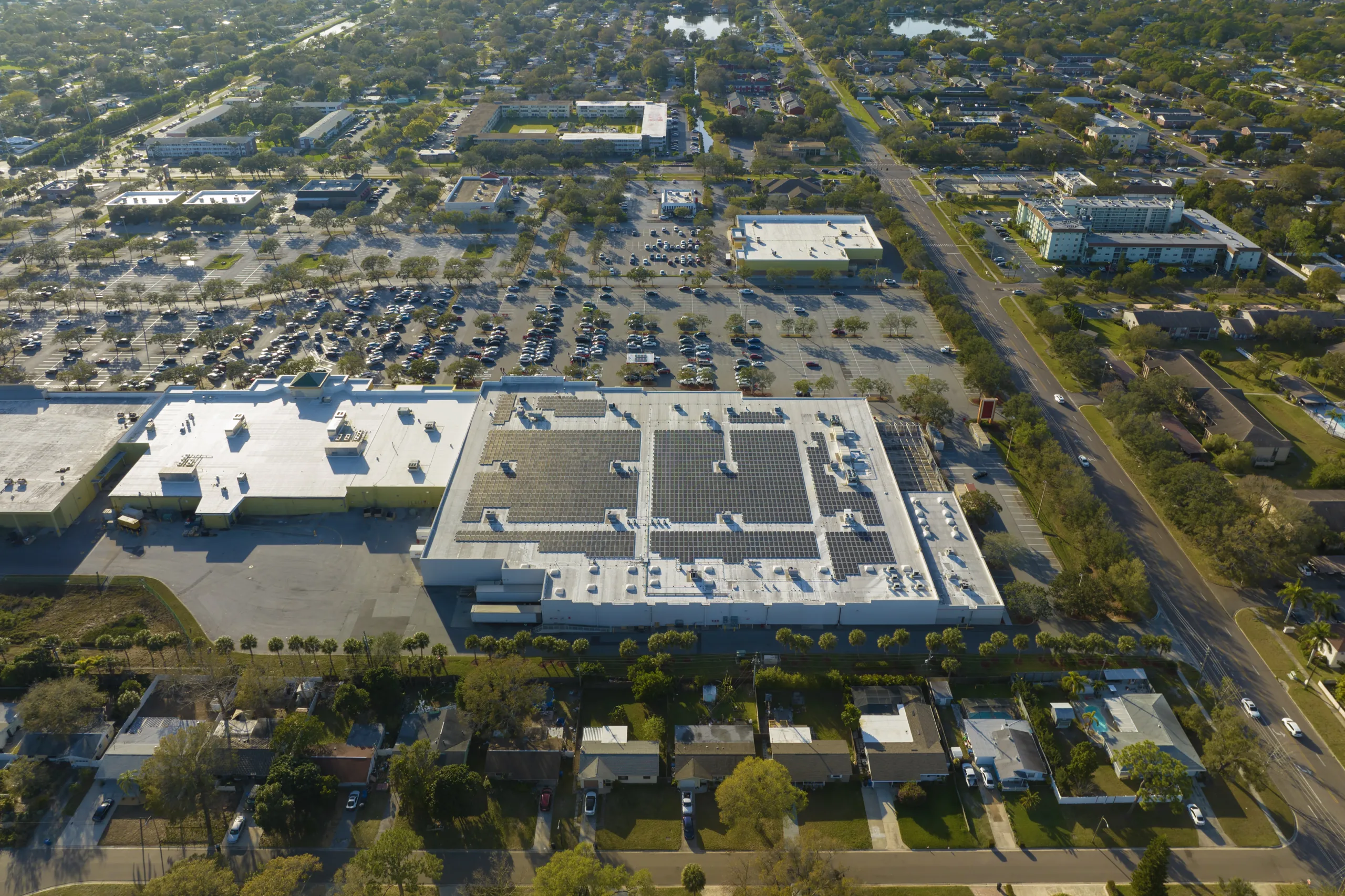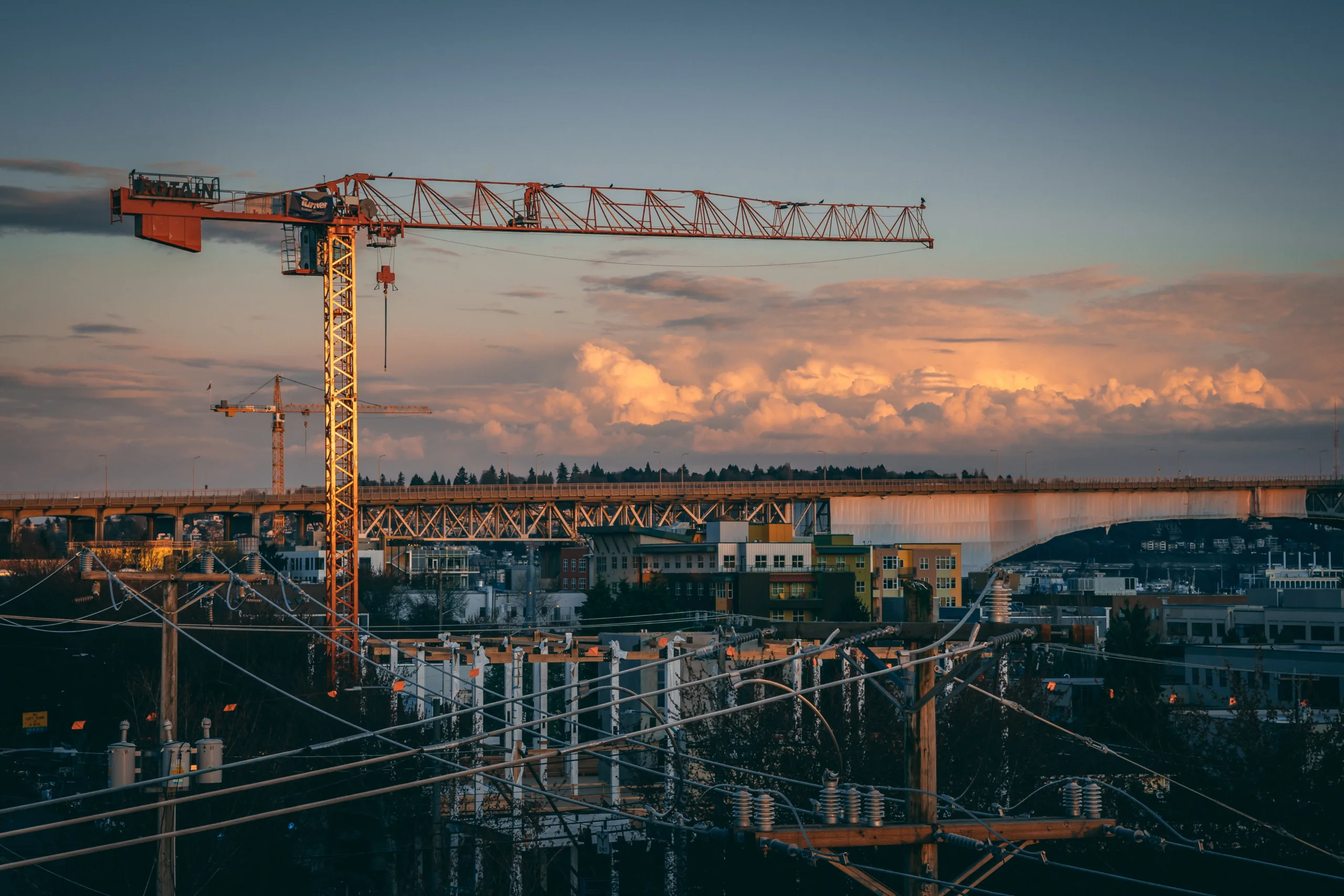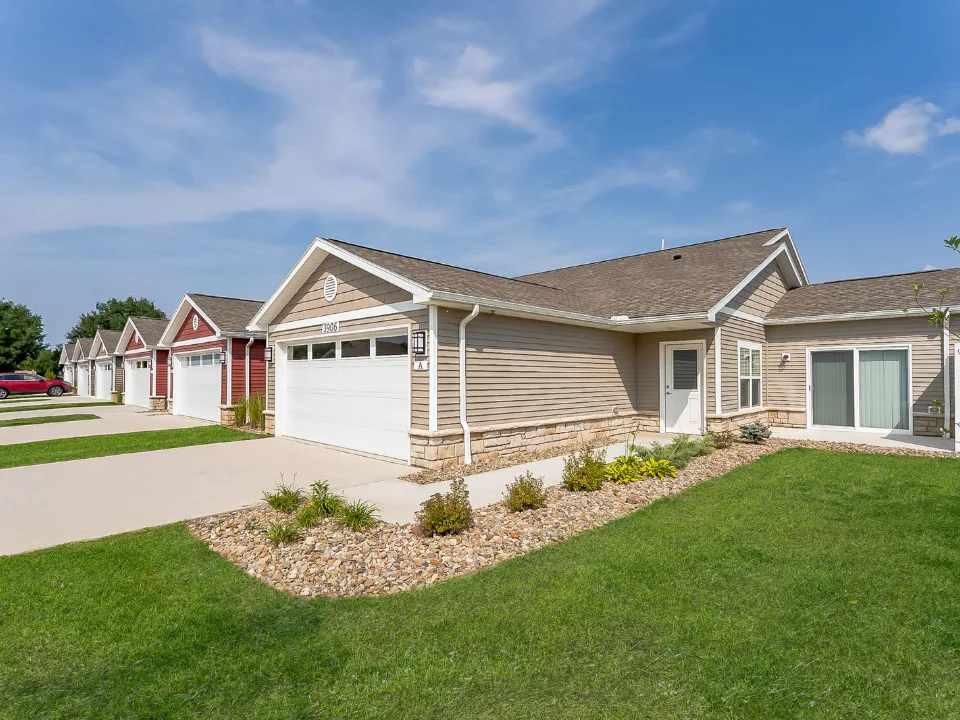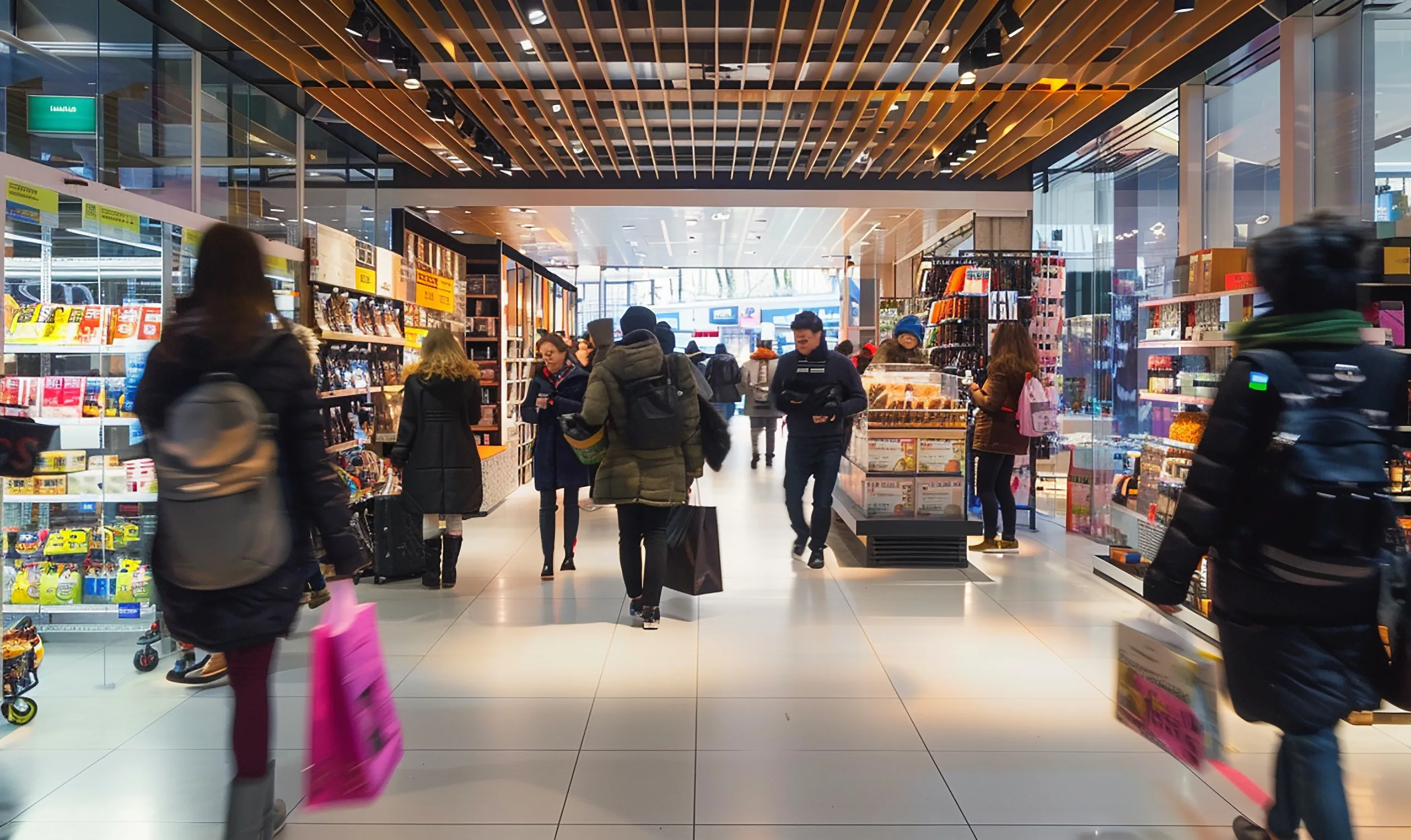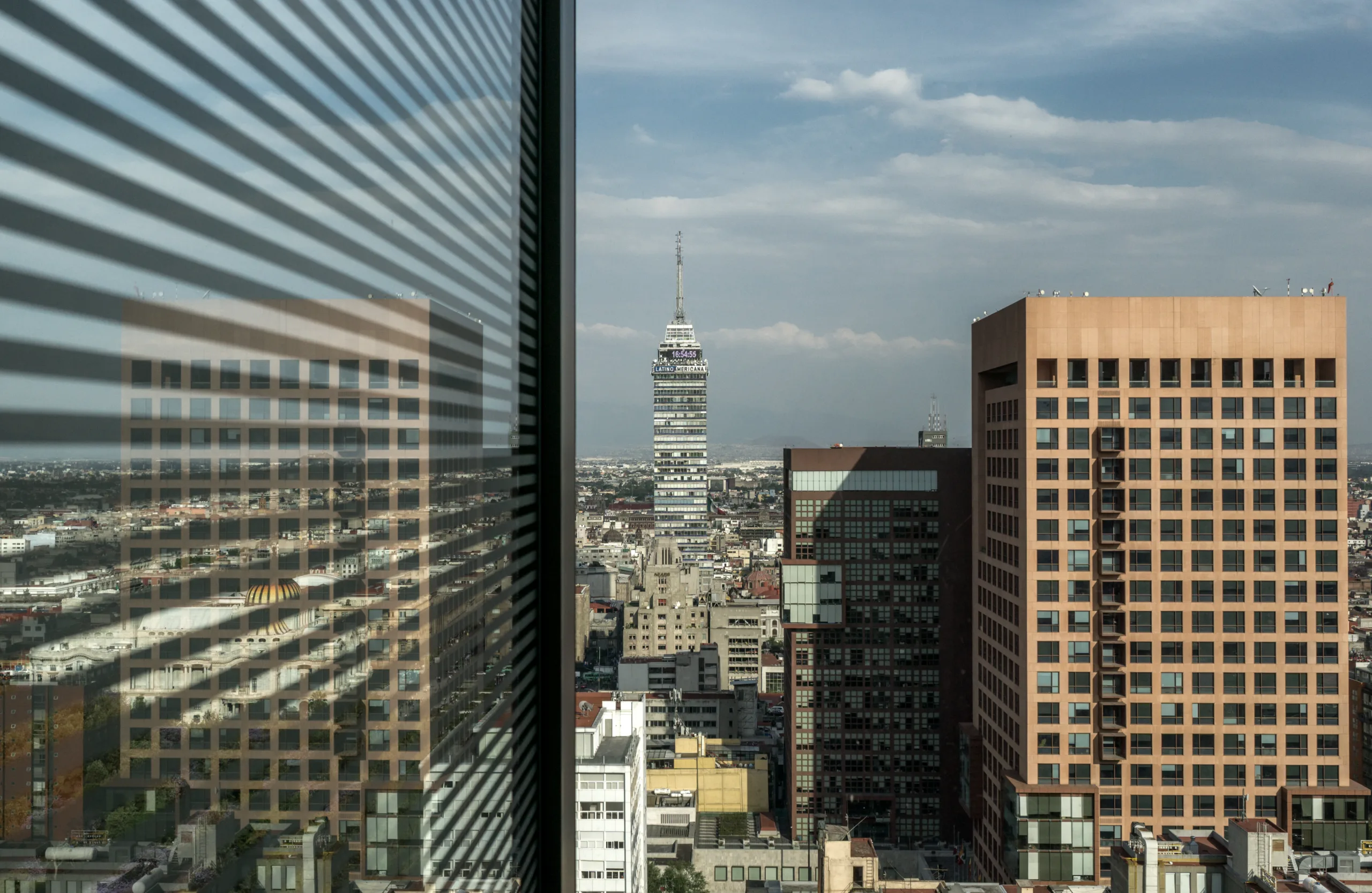- The US industrial development pipeline is shifting, with build-to-suit (BTS) projects rising to 34.5% of total development, up from 28.6% year-over-year in Q1.
- Speculative completions still dominate overall deliveries but have dropped sharply as developers react to elevated vacancy rates and cautious tenant demand.
- Markets like Indianapolis, Columbus, Kansas City, and Chicago—where BTS makes up a higher share of development—are expected to see smaller vacancy increases or stronger net absorption.
A Development Model Recalibration
Amid a nationwide slowdown in speculative construction, build-to-suit developments are becoming a larger part of the US industrial pipeline, reports GlobeSt. According to Cushman & Wakefield, BTS projects made up 34.5% of space under development in Q1 2025—up nearly 6 percentage points from a year earlier.
Regional Resilience
Midwestern markets are standing out. While some US regions saw vacancy rates climb as much as 210 basis points, the Midwest posted a modest 30 bps increase. This performance coincides with BTS accounting for 79% of new development in the region during the first quarter, up from 67% the year prior.
Get Smarter about what matters in CRE
Stay ahead of trends in commercial real estate with CRE Daily – the free newsletter delivering everything you need to start your day in just 5-minutes
Spec Still Lingers
Despite the shift, speculative construction remains the majority of deliveries, making up 71% of completions, though that figure is down from 87.4% a year ago. In markets such as the Northeast, South, and West, speculative builds continue, albeit with more selective activity.
Notably, BTS shares grew year-over-year in Northern New Jersey, Baltimore, Dallas/Ft. Worth, and Columbus—indicating broader adoption of the model in key logistics hubs.
The Outlook
Cushman & Wakefield projects US industrial vacancy to rise into the mid-to-high 7% range through 2026 before improving as the development pipeline shrinks. Stronger demand in inland markets like Indianapolis, Columbus, Kansas City, and Chicago is expected to drive positive net absorption. This trend is holding steady even amid broader economic challenges and shifting trade policies.
Markets To Watch
The top 10 BTS construction markets in Q1 included Indianapolis, Minneapolis, Kansas City, Columbus, Baltimore, Chicago, Louisville, Denver, Northern New Jersey, and Dallas/Ft. Worth.
Conversely, markets with high levels of speculative supply—such as Philadelphia, Las Vegas, and Savannah—could see significant vacancy rate pressure in the coming year.
Why It Matters
This shift in development offers tenants a short-term chance to lease Class A industrial space before market availability declines. Developers must align supply with clear demand as the industrial sector adjusts to shifting market conditions and economic realities.
